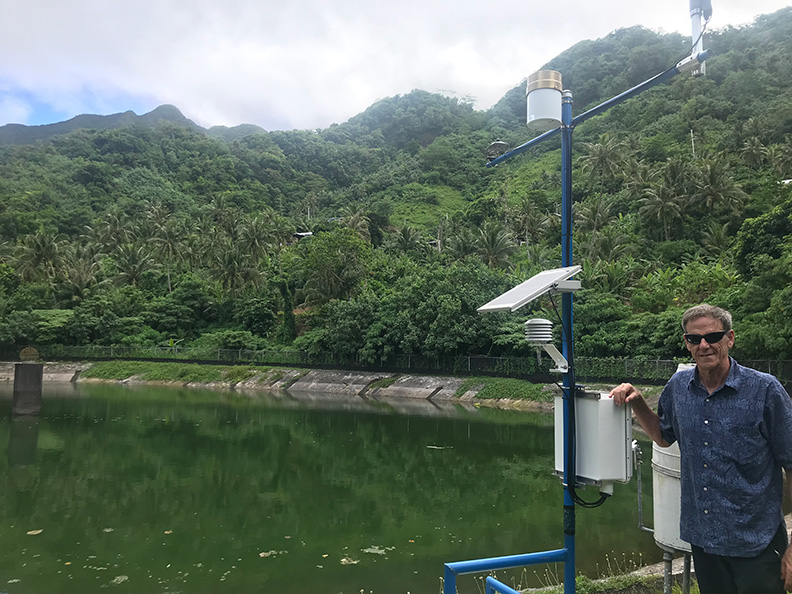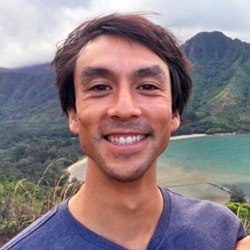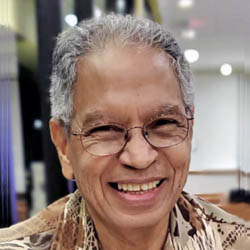
SPONSOR:
Pacific RISA / Water Resources Research Center
PROJECT PERIOD:
2015 – 2020
PROJECT PIs:
Chris Shuler and Aly El-Kadi
ABSTRACT:
The process traditionally used to execute most groundwater modeling projects has several drawbacks. The typical client-consultant relationship is expensive, produces products with limited longevity, and is technologically dated. Recent advancements in cloud-computing and social-networking are influencing how we communicate professionally, work collaboratively, and approach data-science tasks. In this study we show how the groundwater modeling process is especially well positioned to benefit from these technological advancements. This work presents a case study detailing a vertically-integrated, collaborative modeling framework jointly developed by participants at the American Samoa Power Authority and at the University of Hawai‘i Water Resources Research Center. The framework includes a chain of modular components extending from the direct collection and analysis of climatic and streamflow data through the development of a water budget model and a dynamic regional groundwater model. The process presented in this study is entirely open-sourced and employs newly available data-science infrastructure such as Python-based tools compiled with Jupyter Notebooks, GitHub, Binder, and Microsoft Azure. These resources facilitated the collaborative model development process and delivered a seamless integration of multiple computational components into a dynamic cloud-based workflow that is immediately accessible by stakeholders, resource managers, or anyone with an internet connection.
Project Publication:
Shuler, C.K., and K.E. Mariner. 2020. Collaborative groundwater modeling: Open-source, cloud-based, applied science at a small-island water utility scale. Environmental Modelling & Software 127:104693.
Url to project page:
https://github.com/cshuler/ASPA-UH_Integrated_Modeling_Framework
PRINCIPAL INVESTIGATOR

